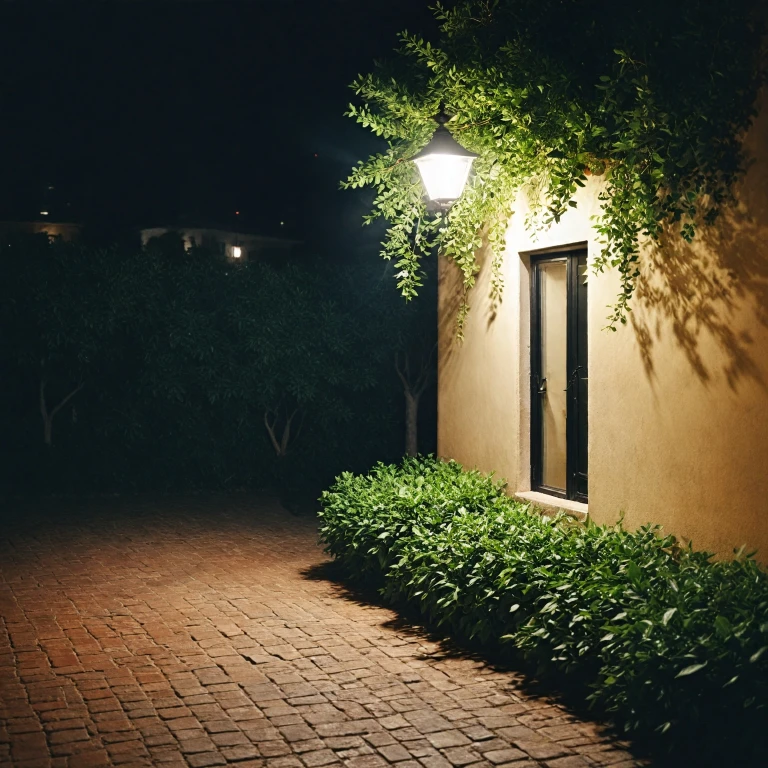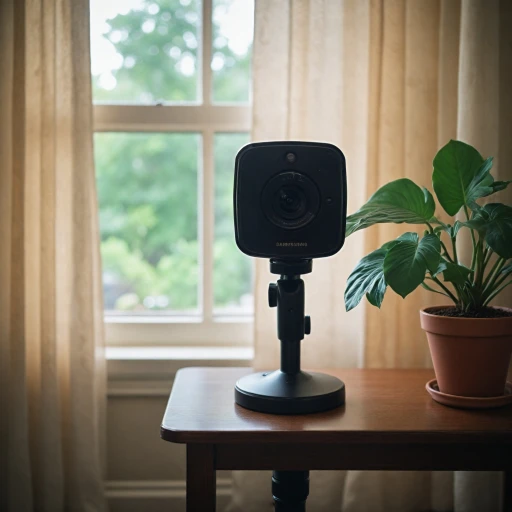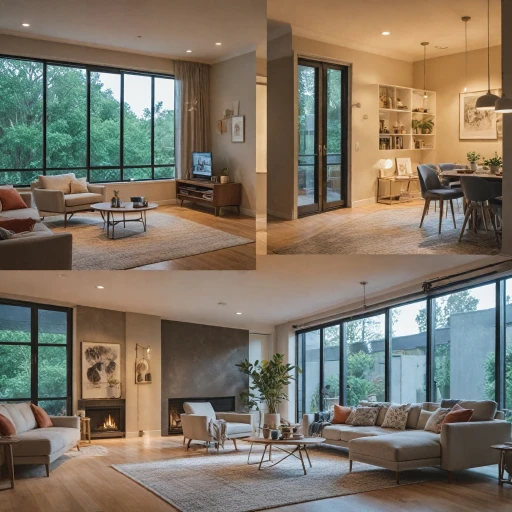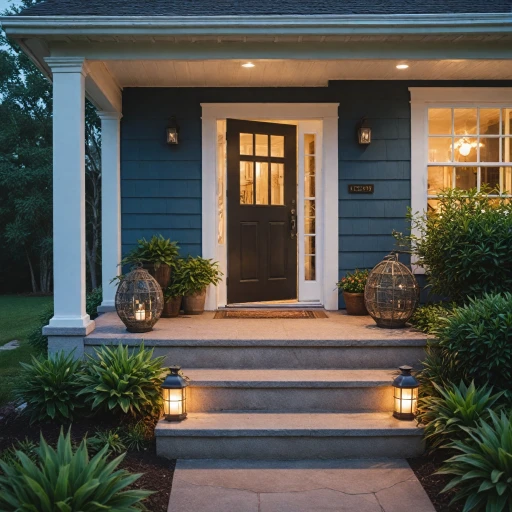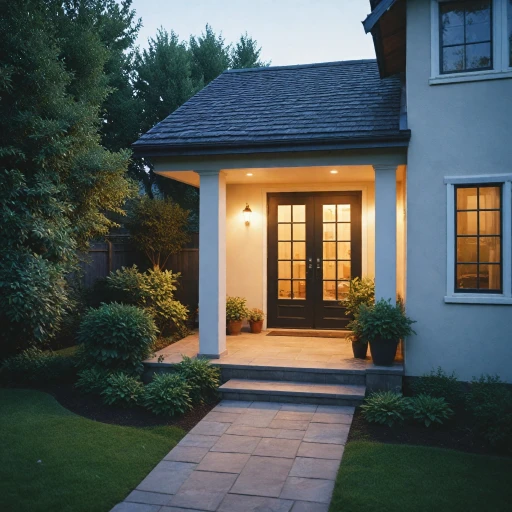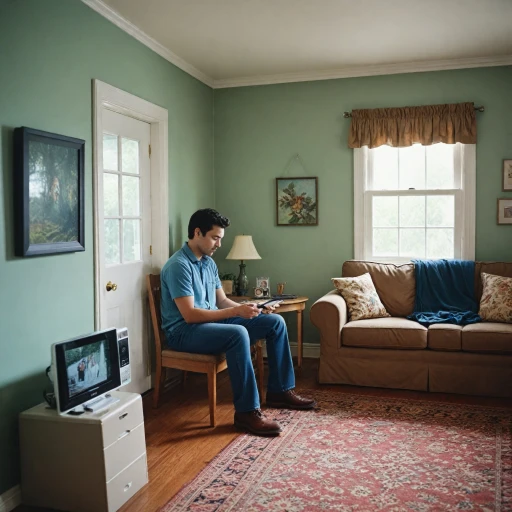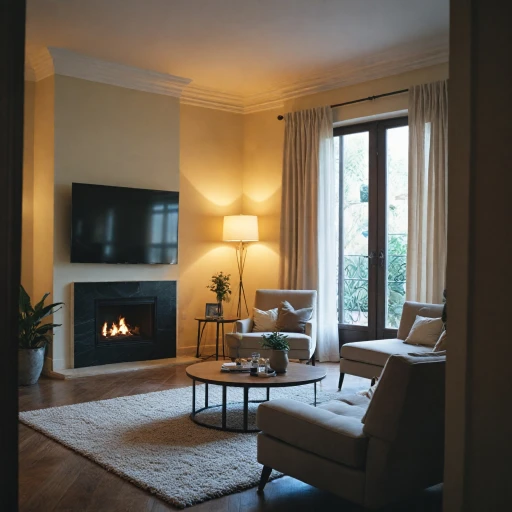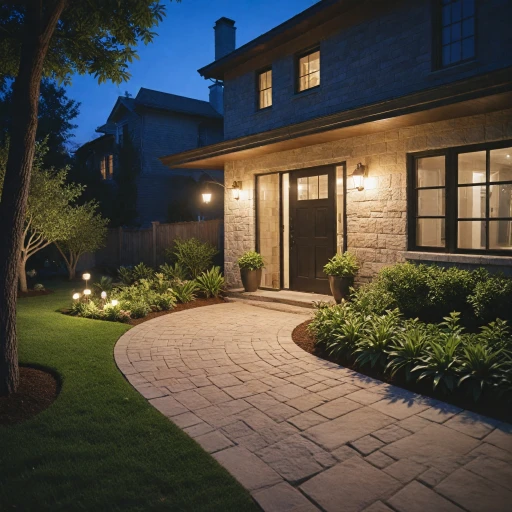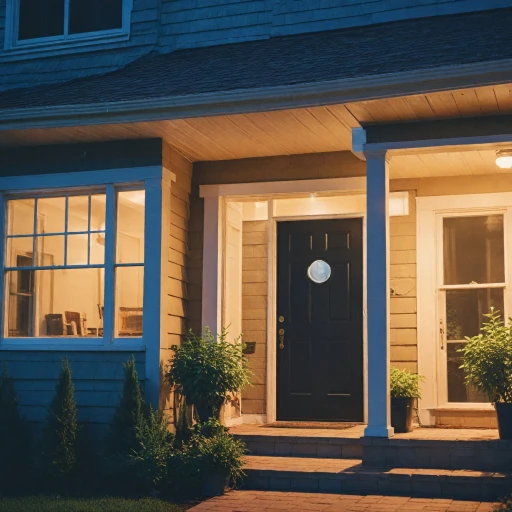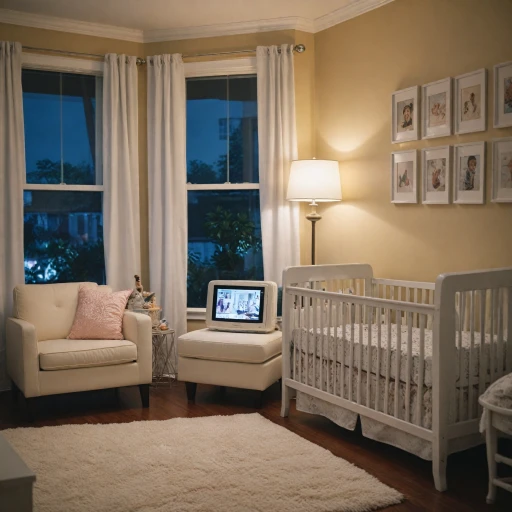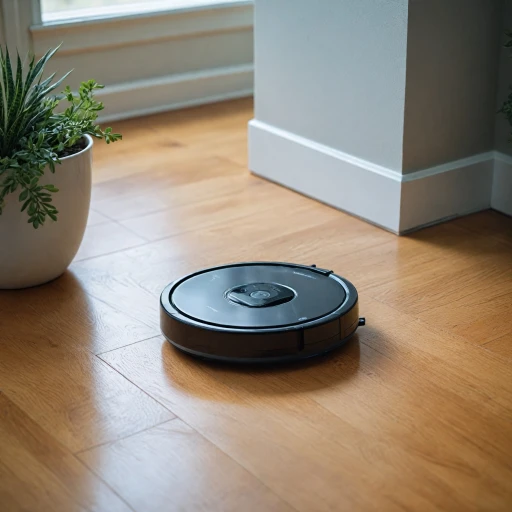Understanding the Ring Floodlight Camera
Get Acquainted with Your Ring Floodlight Cam
The Ring Floodlight Cam offers a comprehensive outdoor security solution, combining the functions of a camera and a floodlight into a single device. This model, the floodlight cam, not only provides a keen eye over your property but also ensures it remains well illuminated during the night. It boasts features like motion detection, high-resolution video, and color night vision, making it ideal for keeping watch over your outdoor spaces.
Understanding your Ring Floodlight camera system and all its components can significantly enhance your installation process. Here are the key elements you need to be familiar with:
- Camera: Provides clear video footage day and night, thanks to its night vision capabilities.
- Floodlight: Automatically activates when motion is detected, offering additional security lighting.
- Motion Detection: Triggers the floodlight and camera recording when movement is sensed.
- Ring App: Allows you to connect and control your device through your smartphone, offering real-time alerts and live video feeds.
- Mounting Bracket: Facilitates easy wall or eave installation, ensuring stable camera mounting.
- Power Supply: Being wired, it requires connection to your home’s electrical system, usually through a junction box.
The design of the Ring Floodlight Cam allows for seamless integration into your existing security system. Moreover, if you're planning on pairing it with other devices like video doorbells or a video doorbell pro, it's worthwhile to confirm compatibility and ensure the full sync using the Ring app.
For a more detailed look into preparation steps for installing your Ring Camera, consider reading our step-by-step guide.
Preparing for Installation
Organize Your Tools and Materials
Before diving into the installation process of your Ring floodlight cam, ensure you have all the necessary tools and materials on hand. This will streamline your project and prevent any unnecessary interruptions. Essential items include:
- A mounting bracket compatible with the Ring floodlight camera.
- Appropriate screws and a drill for secure placement on your outdoor wall mount.
- A screwdriver, wire nuts, and a voltage tester for checking connections.
- Wire connectors for joining wires safely and effectively.
- Optional: If you have a junction box, make sure it's ready for use in accommodating the Ring device wiring.
Check for Compatibility and Requirements
Understanding your home's compatibility with the Ring floodlight cam is crucial. Verify that your outdoor electricity source can support the floodlight camera, and that the Wi-Fi signal reaches the intended camera location. Additionally, ensure there is a Wi-Fi network to connect the Ring device for remote access and control through the Ring app.
Security and Power Considerations
Prioritizing the power source is essential for the setup. The floodlight cam wired system requires a stable electrical connection. Confirm that your home's junction box can sustain the camera's power needs, and that there is a ground wire for added safety. If unsure about handling wires, consulting with a professional electrician might be a prudent choice to avoid potential hazards.
To understand better about the blue light indicator of your Ring camera, you can refer to this detailed guide.
Step-by-Step Installation Guide
Installing the Ring Floodlight Camera Made Easy
Setting up your Ring Floodlight Camera involves a systematic approach to ensure optimal performance. Before getting started, make sure you have all necessary equipment and tools ready for a smooth installation process.- Start by switching off the power to the area where you plan to install the camera. Safety is paramount, ensuring you avoid any electrical hazards.
- Next, assess the compatibility of your junction box. The Ring Floodlight Cam works best with an existing junction box. If you don’t already have one, consider reaching out to a professional to have one installed.
- Unpack your floodlight camera and locate the mounting bracket. Attach the bracket securely to the junction box, ensuring it's firmly in place.
- Proceed to wire your device. Use the wire nuts provided to connect your Ring Floodlight’s wires to the existing wiring. Typically, you will connect black to black, white to white, and remember to secure the ground wire.
- Once the wiring is complete, mount the camera. Align the camera with the mounted bracket and securely fasten it, allowing for a stable view of the desired area.
- Plug the camera into the power source, and then restore power to the installation site. You should now see the ring icon illuminate, indicating it’s powered up and ready for setup.
- After physical setup, follow the instructions in the Ring app to integrate the floodlight cam with your smart home system. Complete the configuration by connecting it to your Wi-Fi network.
Positioning for Maximum Coverage
Placement Strategies for Enhanced Surveillance
The effectiveness of your Ring Floodlight Camera largely depends on its placement. When positioning your floodlight cam, consider not just the area you want to monitor, but also factors such as height, angle, and the potential for obstructions.
Determine the Optimal Height
For most setups, mounting your camera at an elevation of around 9 feet can ensure a wide field of view and effective motion detection. This height minimizes tampering risks while providing broad video coverage.
Angle Your Camera Correctly
Adjust the angle of your floodlight cam to cover the main entry points such as doorways or driveways. Tilt the camera to mitigate blind spots and enhance night vision capabilities. This ensures that any unusual activity is captured effectively, regardless of lighting conditions.
Consider Potential Obstructions
A clear view is crucial for uninterrupted video monitoring. Keep in mind any potential obstructions like tree branches or walls that could compromise the camera’s field of view. Position the floodlight cam to avoid such obstacles and ensure that the motion detection functions optimally.
Secure the Mounting Bracket
Proper installation of the mounting bracket is vital for stability. Make sure it is securely fastened to provide a stable base for your cam wired system. In addition, check that all wire connections, including the junction box, are properly sealed to prevent weather damage.
Final Adjustments and Testing
After installation, use the Ring app to perform a test run. This includes checking motion detection settings, color night vision quality, and ensuring the video doorbell function is integrated smoothly. Conduct a trial view to confirm the desired coverage and make any necessary angle adjustments.
Integrating with Smart Home Systems
Seamlessly Integrating with Your Smart Home Hub
Integrating your Ring Floodlight Camera with your smart home system not only enhances security but also offers the convenience of centralized control. Here’s how you can ensure a smooth connection with your existing devices:- Check Compatibility: Before integration, ensure that your smart home hub is compatible with the Ring floodlight cam. Most devices from popular brands support Ring, but double-check the specifications to avoid any inconveniences.
- Download the Ring App: To facilitate remote control and monitoring, install the Ring app on your smartphone or tablet. This app will serve as your command center, enabling you to tap into the camera’s live video feed, manage motion-detection settings, and receive instant alerts on detected activities.
- Connect via Wi-Fi: Make sure your Ring floodlight is securely connected to your home’s Wi-Fi network. A stable connection is essential for receiving timely notifications and accessing video footage remotely.
- Set Up Automation: Leverage the smart home hub’s features to automate functions like lighting. For example, pairing with smart bulbs can allow for seamless activation of lights upon detecting motion, enhancing the deterrent effect of your outdoor camera system.
- Integrate Other Devices: Connect with other smart devices such as video doorbells, speakers, or home assistants. This could include the ability to use voice commands to access the camera's view or initiate video recording.
Troubleshooting Common Issues
Troubleshooting Common Issues with Your Ring Floodlight Camera
Even after a careful installation, you may encounter some common challenges with your Ring Floodlight Camera. Whether it's connectivity issues or problems with video quality, following a methodical approach can help you identify and resolve these problems efficiently.
Connectivity Problems: If the camera's video feed is not loading or is frequently disconnecting, verify the signal strength of your Wi-Fi network. Check that the cam is within range of your router. For enhanced connectivity, consider using a Wi-Fi extender or switching to a wired connection if practical. Don't forget to ensure that the Ring device is properly connected in the Ring app on your phone.
Power Issues: In case the camera isn't powering on, inspect the wired connections. Make sure all wires are securely fastened using wire nuts. Recheck the ground wire in the junction box and ensure the mounting bracket is installed firmly.
Motion Detection Misbehaviors: If motion detection is not functioning as expected, verify your settings in the Ring app. Adjust the motion sensitivity and check that your floodlight cam is positioned where it can effectively capture motion within its view. Also, ensure that there are no obstructions like tree branches in the camera's field of view.
Lighting and Night Vision Concerns: Ensure the floodlight is placed optimally to provide adequate lighting. If color night vision isn't working, use the app to check the settings and confirm the floodlight cam pro is in "night mode." Adjust the stroke width of the light in the settings if it's too narrow.
By paying close attention to these troubleshooting steps, you can maximize the functionality of your ring floodlight setup. Should these steps not resolve your issues, contacting customer support might be necessary. A detailed understanding of your problem will aid them in providing effective assistance.

